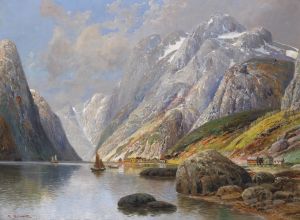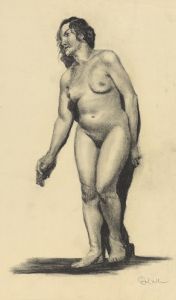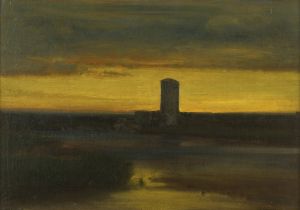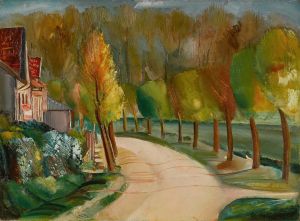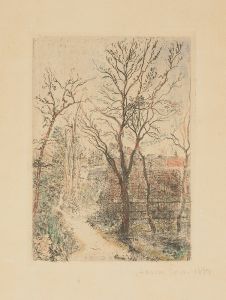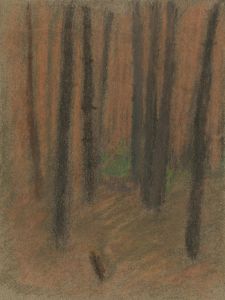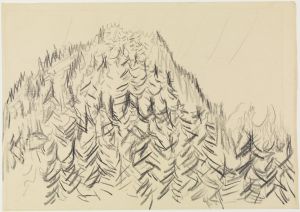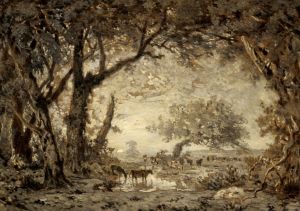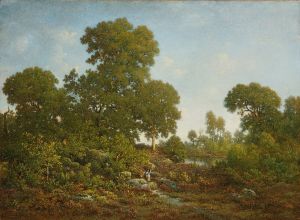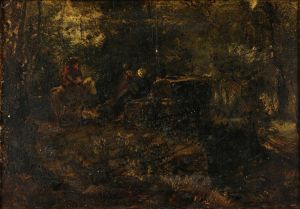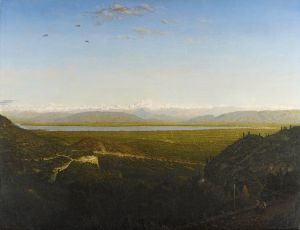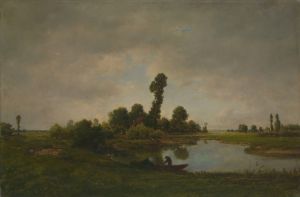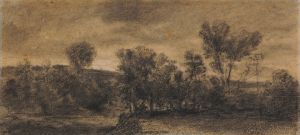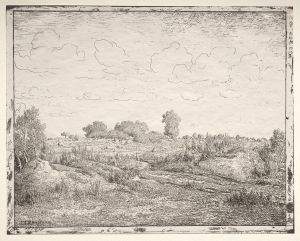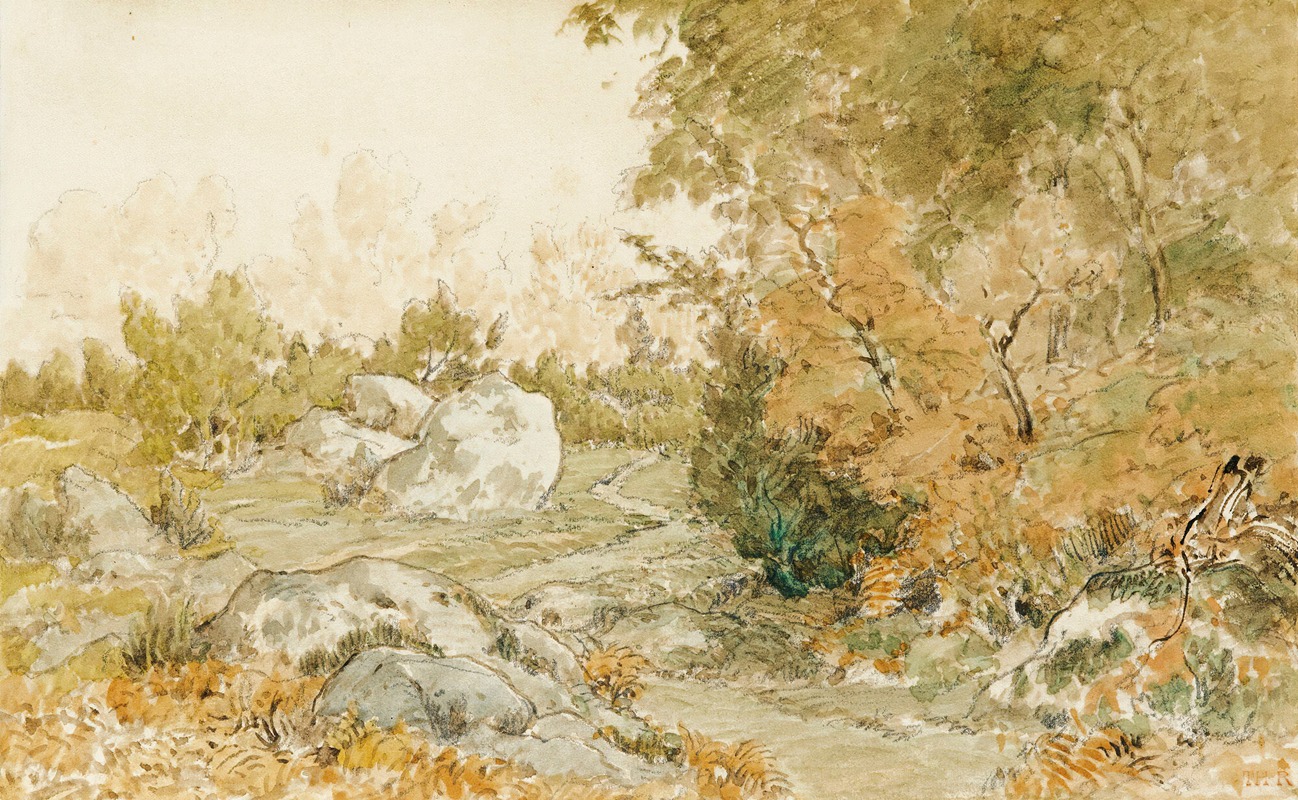
The road to Paris in Fontainebleau forest
A hand-painted replica of Théodore Rousseau’s masterpiece The road to Paris in Fontainebleau forest, meticulously crafted by professional artists to capture the true essence of the original. Each piece is created with museum-quality canvas and rare mineral pigments, carefully painted by experienced artists with delicate brushstrokes and rich, layered colors to perfectly recreate the texture of the original artwork. Unlike machine-printed reproductions, this hand-painted version brings the painting to life, infused with the artist’s emotions and skill in every stroke. Whether for personal collection or home decoration, it instantly elevates the artistic atmosphere of any space.
Théodore Rousseau's painting The Road to Paris in Fontainebleau Forest is a notable work by the French landscape artist, who was a leading figure of the Barbizon School. This 19th-century art movement was centered in the village of Barbizon, near the Forest of Fontainebleau, and was characterized by a focus on naturalistic depictions of rural landscapes. Rousseau, along with other artists of the Barbizon School, sought to move away from the formal, idealized landscapes of academic painting and instead embraced the direct observation of nature.
The painting depicts a scene from the Forest of Fontainebleau, a location that was a significant source of inspiration for Rousseau and his contemporaries. The forest, known for its diverse and picturesque landscapes, became a popular destination for artists in the mid-19th century. Rousseau spent much of his career exploring and painting the forest, capturing its varied moods, light, and atmosphere. His works often reflect a deep appreciation for the natural world and an attention to the interplay of light and shadow.
In The Road to Paris in Fontainebleau Forest, Rousseau portrays a path cutting through the dense forest, leading the viewer's eye into the composition. The painting is marked by its rich, earthy tones and meticulous attention to detail, which are hallmarks of Rousseau's style. The scene conveys a sense of tranquility and timelessness, emphasizing the enduring beauty of the natural environment. Rousseau's technique, which often involved layering glazes and building up textures, adds depth and realism to the work.
Théodore Rousseau's dedication to landscape painting and his innovative approach earned him recognition as one of the pioneers of modern landscape art. His works, including The Road to Paris in Fontainebleau Forest, played a significant role in shaping the development of landscape painting in the 19th century and influenced later movements such as Impressionism.
The exact date of the painting's creation is not specified in available records, but it is consistent with Rousseau's broader body of work during the height of his career. Today, the painting is appreciated as an example of Rousseau's mastery in capturing the essence of the natural world and his contribution to the Barbizon School's legacy.





